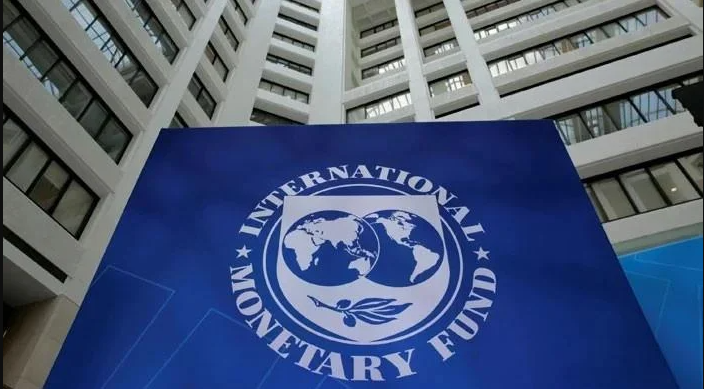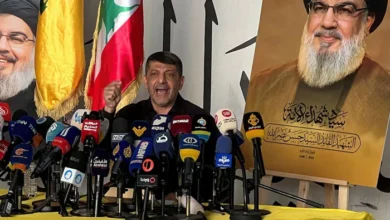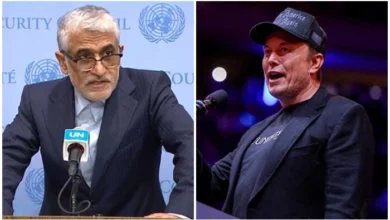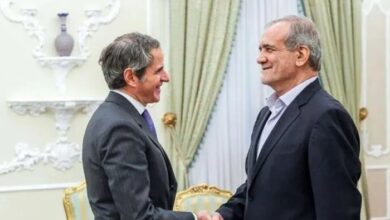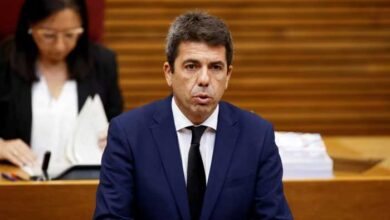The International Monetary Fund (IMF) on Wednesday approved a $7 billion new bailout package after Pakistan promised to overhaul its agriculture income tax, transfer some fiscal responsibilities to provinces and had to take the most expensive loan in the nation’s history.
The Executive Board of the IMF approved the 37-month Extended Fund Facility totaling $7 billion. It also authorised to immediately release the first loan tranche of nearly $1.1 billion. It is the 25th IMF programme that Pakistan has obtained since 1958 and 6th EFF.
The IMF board has approved the programme without addressing one of the root causes of taking these loans –the need for restructuring of the external and domestic debt that consumed 81% of Pakistan’s tax revenues in the last fiscal year.
The new bailout package targets achieving the macroeconomic stability by consolidating public finances, rebuild foreign exchange reserves, reduce fiscal risks from state-owned enterprises, and improving the business environment to encourage growth led by the private sector.
To qualify for the programme, the government imposed Rs1.4 trillion to Rs1.8 trillion in additional taxes, increased electricity prices up to 51% and committed to bring transparency in the affairs of the Sovereign Wealth Fund.
The government also took Pakistan’s history’s most expensive loan of $600 million to win a board meeting date from the IMF.
Unlike in the past, when the provincial budgets were out of the purview of the IMF, the new programme is also expanded to the provincial budgets and their revenues. There are nearly one-dozen IMF conditions that directly impact the provinces under the new programme.
The federal and four provincial governments would sign a new National Fiscal Pact by next Tuesday to transfer the responsibilities of health, education, social safety net and road infrastructure projects to the provincial governments.
All the four provincial governments would align their agriculture income tax rates to the federal personal and corporate income tax rates by amending their laws by October 30. As a result, the agriculture income tax rate would increase from 12-15% to up to 45% from January next year.
All the provincial governments would not give any further subsidies on electricity and gas and these governments would not establish any new Special Economic Zones or Export Processing Zone.
The federal government would not be entitled to have any new such economic zone and would end the tax incentives of the existing zones by 2035.
According to another condition, Pakistan would show a primary budget surplus of 4.2% of the Gross Domestic Product during the three-year programme period. The primary budget surplus is calculated after excluding interest payments.
A 4.2% of the GDP deficit would significantly squeeze non-interest expenses and put an additional tax burden equal to 3% of the GDP on the existing taxpayers.
Under the IMF programme, a primary surplus equal to 1% of GDP will have to be shown in this fiscal year and about 3.2% over the next two years to put the debt-to-GDP ratio on a sustainable declining path.
In case of tax shortfall, the government has committed to bring a mini budget that would result into increasing tax rates on imports, contractors, professional service providers and on fertilizer.
For this fiscal year, Pakistan will be bound to keep the spending on defence and subsidies at the previous fiscal year’s level in terms of the size of the economy.
However, the design of the programme has not completely addressed the issue of debt unsustainability and is built around the strategy of rolling over the maturing external debt during the programme period.
Pakistan has committed that it would not repay the $12.7 billion debt to Saudi Arabia, China, the United Arab Emirates and Kuwait during the programme period.
The Asian Development Bank warned on Wednesday that the rising political and institutional tensions may make it difficult to implement the reforms that Pakistan has committed to deliver to the IMF. It said that these reforms were crucial to make sure that the external lenders keep lending to Pakistan.

